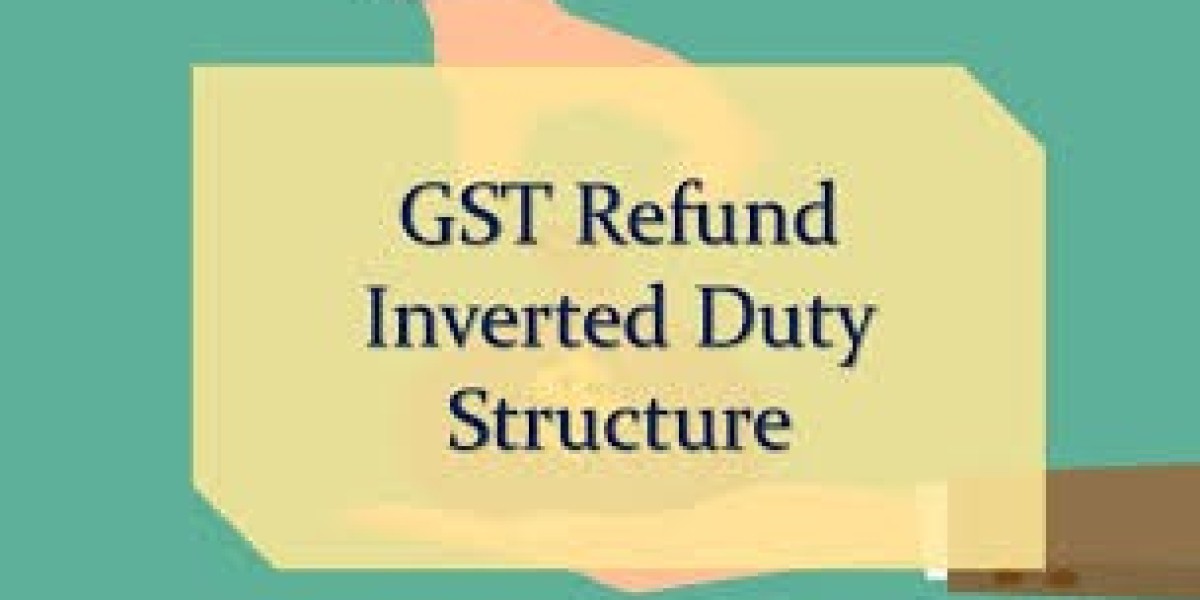In today’s global trade environment, import and export procedures often involve complex tax and duty structures. One of the key concerns for importers is the burden of customs duty paid on goods brought into the country. However, under certain conditions, businesses can claim a refund of customs duty, especially in cases involving Inverted Duty Structures (IDS). The Inverted Duty Refund is a mechanism designed to address such anomalies and promote competitiveness in manufacturing and exports.
This article explores the process of claiming a customs duty refund, focusing primarily on the Inverted Duty Refund system, its benefits, step-by-step procedure, and the different types of duty refunds available under Indian law.
How Can We Claim Refund of Customs Duty?
Yes, customs duty can be refunded under certain conditions. The Central Board of Indirect Taxes and Customs (CBIC) in India allows for a refund of customs duty when:
- There is an Inverted Duty Structure (where the import duty on raw materials is higher than that on finished goods),
- Goods are re-exported,
- Excess payment of duty has occurred,
- Imports are defective or damaged,
- Certain exemptions apply under schemes like EPCG, Advance Authorisation, etc.
Among these, Inverted Duty Refund is a critical refund mechanism available to manufacturers and exporters.
Advantages of Inverted Duty Refund
- Reduced Financial Burden
The refund helps in recovering the excess customs duty paid, improving working capital flow. - Encourages Domestic Manufacturing
Manufacturers can operate competitively when their input costs are balanced through refunds. - Improved Export Potential
Exporters facing higher input duties can offer globally competitive prices when refunded appropriately. - Policy Support for 'Make in India'
The refund scheme aligns with government policies promoting local manufacturing. - Avoidance of Tax Cascading
The refund helps to neutralize tax distortion due to differential duty structures.
Steps to Claim Refund of Customs Duty (Including Inverted Duty Refund)
Here is a simplified step-by-step guide to claiming a customs duty refund in India:
Step 1: Identify Eligibility
- Check if your imports fall under the Inverted Duty Structure category.
- Confirm that the final product has a lower duty than the input materials.
Step 2: File the Application
- File the refund claim electronically using Form GST RFD-01 on the GST portal for inverted duty refunds.
- For other customs refunds, use Form CA-03 or appropriate forms prescribed under Section 27 of the Customs Act, 1962.
Step 3: Attach Required Documents
Common documents include:
- Bill of Entry
- Duty Payment Challan
- Export invoices (if applicable)
- Chartered Accountant certificate
- Detailed calculation of refund amount
Step 4: Acknowledgment by Customs Authority
The refund application will be acknowledged, and an Application Reference Number (ARN) is generated for tracking.
Step 5: Verification and Scrutiny
The customs officer or GST officer verifies the details, reviews documents, and cross-verifies tax credits and duty payments.
Step 6: Refund Order Issued
Once verified, a refund sanction order is issued, and the amount is credited to the applicant’s account.
Step 7: Refund Disbursement
The refund amount is typically credited within 60 days from the date of application acknowledgment.
Types of Customs Duty Refunds
India’s customs and GST framework provides for multiple refund types, including but not limited to:
1. Inverted Duty Refund
Refund of accumulated input tax credit (ITC) when the rate of tax on inputs is higher than the output supplies.
2. Refund on Re-Export of Goods
If imported goods are re-exported, the duty paid at the time of import can be claimed as a refund.
3. Refund on Excess Duty Paid
If the duty has been paid in excess due to valuation error or misclassification, the excess can be refunded.
4. Refund for Exempted Goods
If goods are found to be exempted from customs duty after clearance, the paid duty can be reclaimed.
5. Refund under Customs Bonded Warehousing
In cases where imported goods stored in a bonded warehouse are not cleared for home consumption and are exported, duty refund may apply.
6. Refund under Export Promotion Schemes
Schemes like EPCG, Advance Authorization, and Duty Drawback offer refund mechanisms to support exporters.
Key Conditions to Remember
- Time Limit: A refund application must be filed within one year from the date of payment of duty (as per Section 27 of the Customs Act).
- Unjust Enrichment: The refund will not be granted if the burden of duty has been passed to another person (i.e., unjust enrichment principle).
- Documentation: Ensure all records, bills, and returns are accurate and properly maintained.
- Correct Tax Treatment: For GST-related refunds (including inverted duty), correct classification and tax treatment in GSTR filings are crucial.
Conclusion
Yes, claiming a refund of customs duty is possible in India, especially under the Inverted Duty Refund mechanism. This system is essential for businesses that import raw materials and face an uneven duty structure compared to finished goods. It promotes competitiveness, eases cash flow, and aligns with government initiatives like Make in India and Atmanirbhar Bharat.
By understanding the process, eligibility, and required documentation, businesses can efficiently manage their imports and ensure they are not overburdened by unnecessary duties. If managed well, customs duty refunds can become a strategic financial tool for exporters and manufacturers.
FAQs
Q1. What is an Inverted Duty Structure?
An Inverted Duty Structure exists when the import duty on raw materials is higher than the duty on the finished goods.
Q2. Can I claim an Inverted Duty Refund under GST?
Yes, under Section 54(3) of the CGST Act, refund of accumulated Input Tax Credit is allowed in cases of Inverted Duty Structure.
Q3. What is the time limit to claim a customs duty refund?
Refund must be claimed within one year from the date of payment of customs duty.
Q4. What if I paid excess customs duty by mistake?
You can claim a refund by filing an application under Section 27 of the Customs Act, along with supporting documentation.
Q5. Do I need a CA certificate for refund applications?
Yes, for refunds exceeding a certain threshold (usually ₹2 lakhs), a Chartered Accountant certificate is required to validate the claim.
Q6. How long does it take to receive the refund?
Typically, refunds are processed within 60 days of application acknowledgment, subject to verification and document completeness.
Q7. Is refund applicable for goods imported for personal use?
No, refund of customs duty is generally applicable only to businesses and commercial importers under specific conditions.
Q8. Can I claim a refund if I export goods after importing them?
Yes, if you re-export goods (either as-is or after processing), you may be eligible for a customs duty refund under Section 74 or 75 of the Customs Act.








